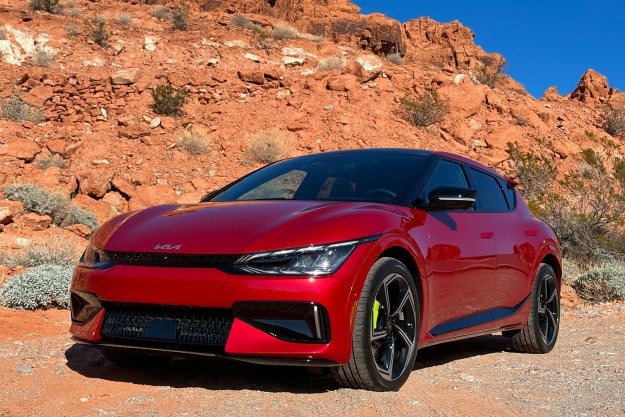
Nye recently penned an op-ed for digital culture magazine Aeon, in which he argues that NASCAR should make the switch to electric-powered vehicles. In his mind, NASCAR is a celebration of “old tech,” one that reinforces the automotive status quo and hinders progress from a social standpoint. And while the environmental benefits of an industry-wide change are obvious, the former mechanical engineer sees another benefit of the EV switch.
“Just think what an electric race would be like,” Nye wrote. “It would be faster, and quiet. You could talk to the person next to you. The drivers could probably hear the roar of the crowd rather than having to imagine it as they do now. And most significant from my point of view, everyone in the crowd, every race fan, would want an electric car! The market for electric cars would go crazy.”
“I wish NASCAR were more like NASA,” he continued. “I wish NASCAR were more about the future instead of the past. I am trying to envision the smart, efficient transportation technology of tomorrow, and there is NASCAR doing the opposite – celebrating a very old transportation technology of yesterday.”
To its credit, NASCAR has committed considerable resources to its NASCAR Green program, which includes a recycling and waste division, a clear air initiative that plants trees to offset race-related carbon emissions, and a renewable energy measure that supplies solar power to various teams and tracks.

In addition, an all-electric race series called Formula E is in the midst of its second season, but for Nye, it’s not quite enough.
For more information on all things racing, check out our comprehensive motorsport primer.
Editors' Recommendations
- Don’t let the gimmicks fool you. The Ioniq 5 N is a serious track car
- Porsche’s most powerful production car is an EV
- Some on Apple’s failed car project reportedly had a cruel name for it
- Mercedes’ electric eSprinter isn’t just greener, it’s better
- VinFast is bringing a mini electric SUV to the U.S., and maybe a pickup, too


